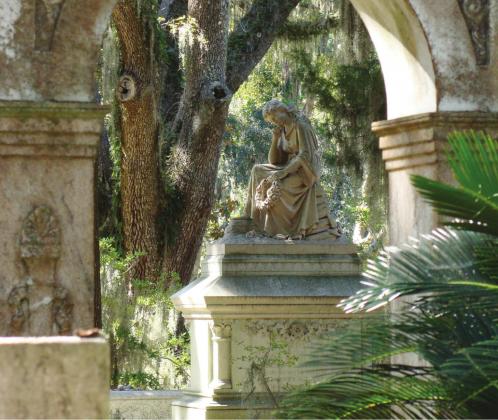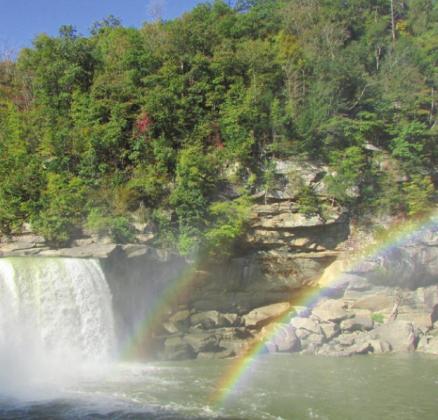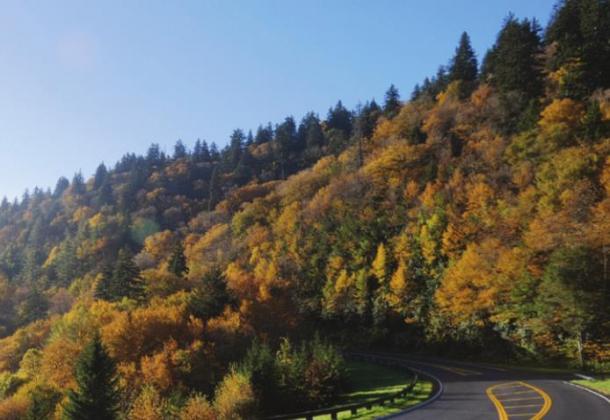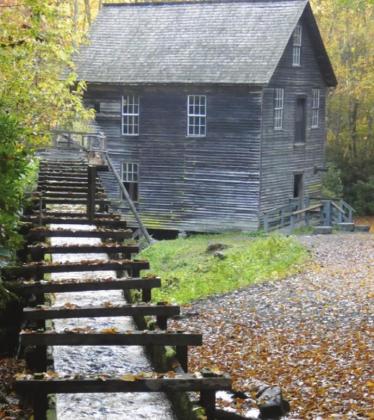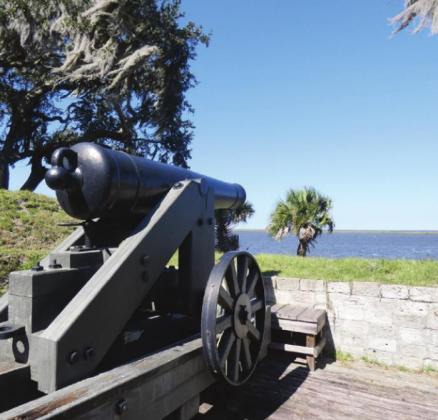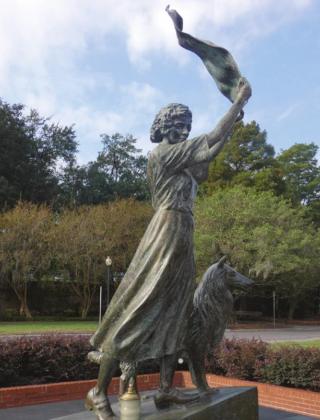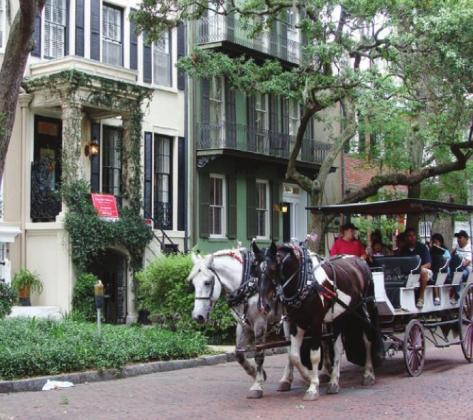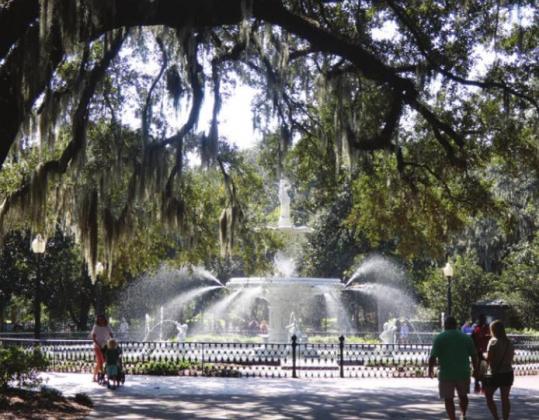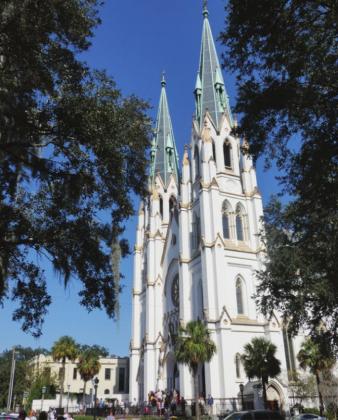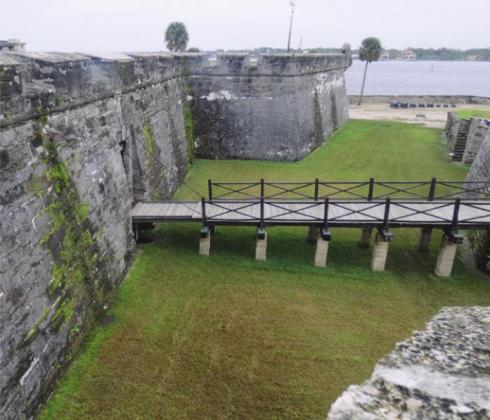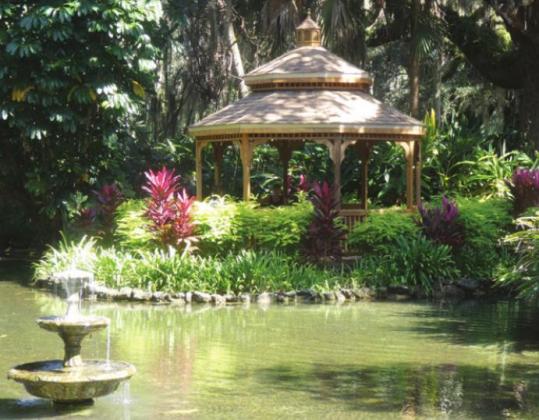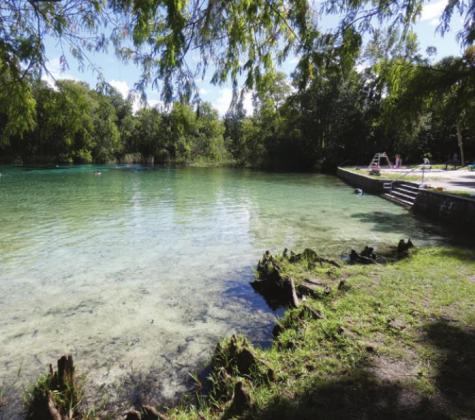Ya gotta have a plan
I HAD A BOSS who always insisted, “Ya gotta have a plan. Nobody plans to fail; they just fail to plan.” It was not unusual for me to have 40 or more projects under way at the same time. Some of them were routine; some were year-long, complex undertakings in support of corporate strategies. Juggling the work would have been impossible without bringing order to the chaos. What were the objectives, what tasks were required to meet them and on what schedule, what was the budget, how were the results to be quantified and judged as success or (gulp) failure?
There were numerous benefits that accrued as a result of those plans. First, they helped me stay organized and focused on what needed to be done every day. Of equal importance was the documentary evidence that could be produced if my boss’s boss wanted to move the goal posts and disallow a score. As he was prone to do. Considerable job satisfaction was attached to the fact that they were my plans. Boss told me what needed to be accomplished, but he didn’t micromanage how I went about doing it. Results mattered. Process was secondary.
Forgive the digression. This is supposed to be a travel column.
In October, Shirley and I headed to Savannah for our anniversary as we have done about a dozen times. The original plan called for a night at Cumberland Falls in southern Kentucky, but there was misty rain all that day and more in the forecast. The trail down the cliff face to the falls didn’t seem all that appealing, so we kept going. Maybe we could stop on the way back.
The revised plan was to spend the night at the Cracker Barrel in Pigeon Forge, TN near the entrance to Smoky Mountains National Park. (We already knew that there were no campsites available in the park.) You may have noticed that every CB restaurant has RV spaces, typically around back. In our experience, the staff are always friendly and welcome RVers to overnight. So we ordered takeout chicken dinner as a way to pay the rent on our space and settled in. During COVID, you can order by phone and they will bring your meal out to you.
It was foggy the next morning, and we began to fear that crossing the park would be just as scenic as Cumberland Falls in the rain. Shirley assured me that the forecast was favorable for the next week or so. She was right. At Newfound Gap the fog dissipated and the fall colors were never better. We paused several times at pullouts on our way down towards Oconoluftee and Cherokee on the North Carolina side of the park.
At the Mingus Mill, we chatted through the Dutch door with a gentleman in bib overalls, strumming a banjo. Ordinarily he would have been demonstrating the grinding of corn, but COVID disrupted normal park routines.
At the top of the mill race, we met a fellow tourist who was staying at a hotel in Cherokee. She wanted to know if there was anything worth seeing in the park. (Why, I wondered, are you here if you don’t already know the answer?) I told her about the views from the Gap and Clingman’s Dome.
She asked where we were headed.
Up the Blue Ridge Parkway as far as Asheville. We were planning to spend a couple nights at Mt. Pisgah Campground, the highest on the Parkway.
Anything worth seeing up that way? (How in the world do you answer a question like that?) Because Shirley was listening, I responded politely instead of in my usual snide and sarcastic manner.
“So, just more of the same?” she said.
You could look at it that way, I suppose. Still, it seems peculiar that anyone would set out with only the vaguest of notions about what they are getting into. She undoubtedly had heard about the fall colors in the mountains. “OK,” her tone seemed to imply, “but is that all there is to it?”
Yep, ’fraid so. How do you convince someone that her heart should leap up in the presence of such grandeur? If the experience itself does not convince, what can mere words possibly do?
Shirley’s promise of fair weather was especially appreciated on the Blue Ridge Parkway. The magnificence of the colors was doubled by the clear, cerulean sky. The quality of any travel experience is subject to the weather. This time, I had planned things perfectly. Or maybe we just got lucky.
The luck continued to hold.
Next stop was four days at Savannah where we had reservations at Fort McAllister State Park. McAllister is the Civil War coastal fort where Gen. Sherman finished his March to the Sea and gave Savannah to Lincoln as a Christmas present. In normal years, the park stages re-enactments with volunteers in period costumes who explain what went on at the fort. It survived numerous bombardments by the US Navy, but Sherman’s men took it from the back side that was protected only by a few rattlesnakes and cottonmouths in the swamp.
Savannah itself, our favorite city, has scenic wonders that compete in beauty with the mountains. Though we have visited often, it never gets old. Rather, it is always old. The charms of Savannah are concentrated in the Historic District where preserved and restored mansions and townhouses line two dozen small parks, called squares, shaded by ancient live oaks dripping with Spanish moss. The highlights of this trip included several of our old favorites—Ft. Pulaski, Bonaventure Cemetery, shops and restaurants along River St., Forsyth Park with its iconic fountain, a walk along the full length of Jones St. There was a Latin Mass at the Cathedral and then an evening concert featuring the newly restored Noak organ, a trumpeter, and a soprano. The concert audience was limited to 250 to provide plenty of social distancing in a space as large as the cathedral. A genuine pity that more could not attend.
By the time we continued south from Savannah, Shirley’s week of fine weather had been used up. There are several places we would have liked to stop along the coast—Ft. King George, Sapelo Island, Jekyll Island, Cumberland Island—but the rain squalls had returned. So, it was on through Jacksonville to our next planned destination, St. Augustine. When we left home there had been no campsites available at Anastasia State Park, just across the Bridge of Lions from downtown. But there are Cracker Barrels north and south, so we were covered. Even better, when someone canceled at the park, we got two nights there. Worked out perfectly, just as planned.
At St. Augustine, our first stop was at the Castillo San Marcos, the fort that guarded the Spanish trade routes from the New World. The fort had just opened when we arrived. Literally just opened. It is a National Monument that had been shut down because of COVID. We were among the very first people admitted. Rangers let us in a half dozen at a time with a ten-minute wait between groups. The fort was never this secure during the 200 years of Spanish control.
The best part of this visit, though, was that our daughter and her husband were also celebrating their anniversary. They flew into Jacksonville and drove their rental down to St. Augustine—their romantic preference as Savannah is ours. The plan was to meet them for a celebratory meal. But they had an even better idea: first meet at Washington Oaks Gardens. The gardens, on the Intercoastal Waterway, feature tropical plants, camellias, azaleas and roses, and reflection ponds. Plus the obligatory live oaks with Spanish moss and resurrection ferns. At the picnic area on the Waterway, several families were grilling things that smelled wonderful as an array of impressive watercraft cruised by, boaters waving to us. Though a plan is necessary, it should always include flexibility when a better option presents itself.
We had reservations for the following four nights at Alexander Springs, an easy two hours farther south. Alexander Springs, in Ocala National Forest, has long been a favorite stopover on our way to and from Everglades National Park at the very tip of Florida. The two main attractions are the small spring-fed lake and, in late winter, the nearby horse show. The lake is popular with locals regardless of the time of year. Water bubbling up at a constant 72 makes the lake feel warm in winter and cool in summer. The horse show features events in dressage, show jumping, and cross-country racing. Visitors are allowed to roam the course—as long as they are careful not to get run over by galloping horses.
From the Springs we were headed around the Florida Panhandle to another favorite destination, Fort Pickens at Gulf Islands National Seashore near Pensacola. The campground is on a barrier island whose primary natural function is to protect the mainland from storms at sea. In October, it performed its function admirably as those Greek letter hurricanes roared through. The consequence, though, was that our reservations were cancelled by the Park Service.
Still, we could continue on to Natchez, MS and follow the Trace Parkway for 444 miles up to Nashville and home from there. But another upshot of the Greeks was a belt of rain in the regional forecast for another four or five days. We have done the Trace several times, so, discarding the remainder of our October plans, we turned north at Tallahassee.
After a night in Birmingham, AL, it was on to Elizabethtown, KY and our favorite Cracker Barrel. All CBs welcome RVers to overnight, but in E-town there is an entire lot set aside across the street. This is also where we ask to be served yet again by Lesley, our favorite CB waitress. She stole my heart a few years back by commenting, “I love talking with sarcastic people who have a robust vocabulary.” Both qualities deserve much wider appreciation, don’t you think?
It was cooler and cloudy with intermittent rain the rest of the way home. We regretted the loss of Fort Pickens and the Trace portion of the trip, but the Park Service and the weather have cancelled us before. Besides, as Toledoans, we are inured to the vagaries of weather. (Lesley would have enjoyed that one.) Though not everything turned out exactly as planned, like all our trips it was still just a walk in the park.
LeMoyne Mercer is the travel editor for Healthy Living News. There is limited space here for LeMoyne’s photos. You might want to see more at anotherwalkinthepark.blogspot.com. Please leave comments on the site.

